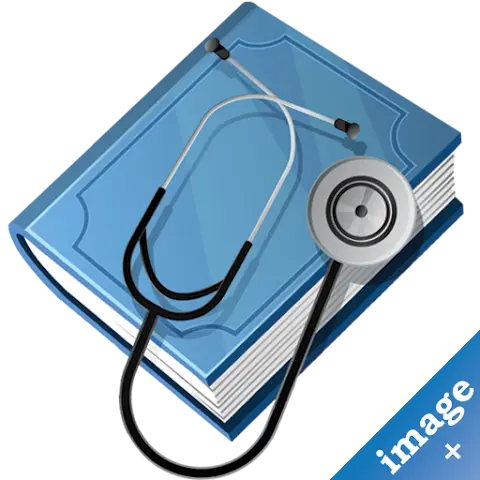PTSD
Other names: Post-traumatic stress disorder (PTSD)
DEFINITION
Post-traumatic stress disorder (PTSD) is a mental health condition triggered by experiencing or witnessing a terrifying event. Symptoms may include flashbacks, nightmares, severe anxiety, and uncontrollable thoughts about the event.
SYMPTOMS
- Intrusive memories
- Avoidance
- Negative changes in thinking and mood
- Changes in emotional reactions
CAUSES
PTSD can develop after experiencing, witnessing, or learning about an event involving actual or threatened death, serious injury, or sexual violation. It may be caused by inherited mental health risks, life experiences, inherited aspects of personality, and brain regulation of stress responses.
RISK FACTORS
Factors that may increase the likelihood of developing PTSD include intense or long-lasting trauma, childhood abuse or neglect, exposure to traumatic events in certain professions, other mental health problems, lack of a support system, and family history of mental health issues.
Complications: PTSD can disrupt various aspects of life and increase the risk of other mental health problems like depression, anxiety, substance abuse disorders, eating disorders, and suicidal thoughts/actions.
Treatment: Primary treatment includes psychotherapy and medication. Psychotherapy types include cognitive therapy, exposure therapy, and eye movement desensitization and reprocessing (EMDR). Medications like antidepressants and anti-anxiety drugs can help manage symptoms.
COPING AND SUPPORT
Support from family, friends, mental health professionals, or faith communities can aid recovery. Self-care strategies such as adequate rest, exercise, healthy diet, avoiding self-medication with alcohol/drugs, and engaging in activities can be beneficial.
QUESTIONS
- What is PTSD?
PTSD stands for Post-Traumatic Stress Disorder; it is a mental health condition triggered by terrifying events.
- What are the symptoms of PTSD?
Symptoms include intrusive memories, avoidance behaviors, negative changes in thinking and mood, and changes in emotional reactions.
- What are some common traumatic events leading to PTSD?
Common events include combat exposure, childhood abuse/neglect, sexual assault, physical attack, and being threatened with a weapon.
- How is PTSD diagnosed?
Diagnosis is based on signs/symptoms and a psychological evaluation following criteria from the DSM-5 (Diagnostic and Statistical Manual of Mental Disorders).
- What are some risk factors for developing PTSD?
Risk factors include intense/long-lasting trauma exposure, childhood abuse/neglect, certain professions with traumatic exposure risks (e.g., military personnel), other mental health issues, lack of support system.
- What treatments are available for PTSD?
Treatments include psychotherapy (cognitive therapy, exposure therapy) and medications (antidepressants, anti-anxiety drugs).
- How can lifestyle changes help with coping with PTSD?
Lifestyle changes like adequate rest, exercise, healthy diet, avoiding alcohol/drugs for self-medication can aid in coping with PTSD.
- When should someone seek help for PTSD symptoms?
If symptoms persist for more than a month after a traumatic event or significantly interfere with daily life functioning.
- Can children develop PTSD?
Yes, children can develop PTSD following traumatic events; their symptoms may manifest differently than adults.
- How can loved ones support someone with PTSD?
Loved ones can offer understanding support by learning about PTSD, being available to listen without pressure to talk about the trauma immediately.
